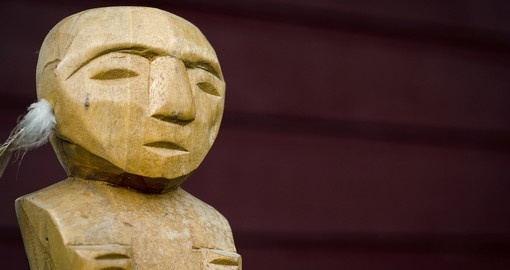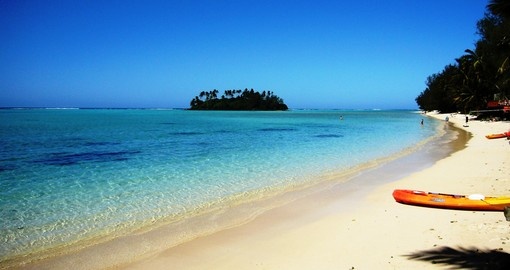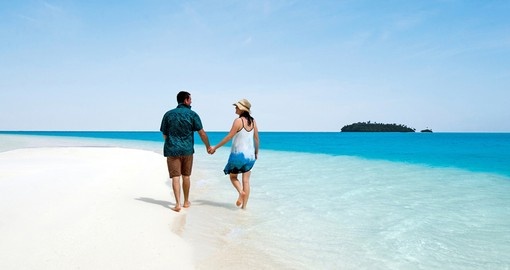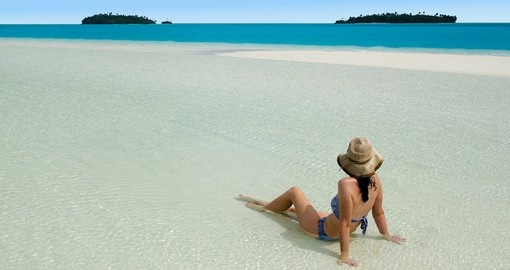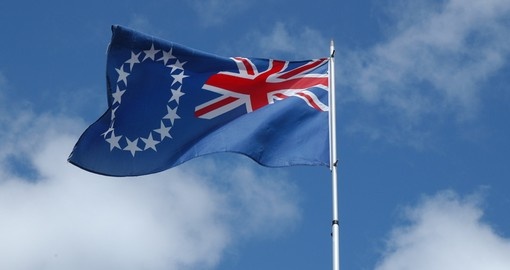Cook Islands History
The first Cook Islanders came from the French Polynesian Islands in what is believed to be the last wave of migration from Asia that began around 1,500 BC. Due to overpopulation on their native islands, these first explorers set off in canoes and settled in Rarotonga around 800 AD. It is believed that the Northern Islands were settled in a similar way by people from both Somoa and Tonga.
The first European explorers to venture near the Cook Islands were from Spain, with Alvaro de Mendana recording the initial sighting of Pukapuka in 1595. Just over ten years later, another Spaniard Pedro de Quiros made the first recorded landing on Rakahanga in 1606. Pedro de Quiros called the island Gente Hermosa which translates to “Beautiful People”.
Captain James Cook of Britain charted many of the islands in both 1773 and 1777, but only landed on the Palmerston Atoll and interestingly, Cook never even spotted the largest island, Rarotonga. Cook named the group the “Hervey Islands” after a British Lord of Admiralty. The name was changed in the early 1880s by a Russian cartographer Admiral Adam Johann von Krusenstern who called the group the Cook Islands to honour the legendary British captain.
Missionaries began to arrive at the beginning of the 19th century with the goal of converting native Cook Islanders to Christianity. John Williams of the London Missionary Society landed on Aitutaki in 1812. Williams’ message and his religion were well-received and missionaries were credited with ending the cannibalistic practices throughout the islands. They set up schools and a written language to further the Gospel message.
Despite the success of missionaries, the arrival of other European settlers proved very dangerous for the indigenous population. Missionaries estimated the population of Rarotonga to be around 6,000-7,000, however, once Westerners arrived, so to did diseases that Cook Islanders did not have immunity against and their population was severely diminished in the mid-19th century.
Another threat to the indigenous population came in the form of Peruvian slave traders known as “blackbirders”. The campaign in the Cook Islands initially started with recruitment, but unfortunately, that quickly turned to kidnap. The Penrhyn Atoll was the first landing point for the Peruvians and as a result of this, it is estimated that 75% of the population was taken to Peru as human cargo.
After Tahiti was annexed to France in 1843, the chiefs of Cook Island began to worry that the same thing would happen to their islands. They initially petitioned Britain for protection, then later looked to New Zealand. Britain was reluctant to accept the charge of looking after the islands and therefore did not prevent the annexation of New Zealand in 1900.
In 1946, a legislative council was elected affording Islanders a bigger opportunity to participate in the government of their land. By the early 1960s, many in the Cook Islands sought autonomy. New Zealand was not immune to the wave of decolonization that was happening in the 1960s and on 20 April 1965, an election was held and the first government of the Cook Islands was established.
The Cook Islands are still associated with New Zealand and as such, New Zealand provides annual aid as well as the right to citizenship for Islanders. Today, the Cook Islands follows a Westminster Parliamentary system and has an economy based heavily on tourism and the sale of black pearls.
Cook Islands Travel Information
At Goway we believe that a well-informed traveller is a safer traveller. With this in mind, we have compiled an easy-to-navigate travel information section dedicated to the Cook Islands.
Learn about the history and culture of the Cook Islands, the must-try food and drink, and what to pack in your suitcase. Read about the Cook Islands' nature and wildlife, weather and geography, and 'Country Quickfacts' compiled by our travel experts. Our globetrotting tips, as well as our visa and health information, will help ensure you're properly prepared for a safe and enjoyable trip. The only way you could possibly learn more is by embarking on your journey and discovering the Cook Islands for yourself. Start exploring...book one of our Cook Island vacations today!
Extend Your Stay
Consider an additional stopover after or before your Cook island vacation at one of Goway's other South Pacific destinations. You can choose from our selection of Australian vacations, New Zealand vacation packages, Tahiti vacation packages or perhaps one of our Fiji resorts.
Book your Cook Islands Vacation with Goway!
 With a wide choice of Cook Islands vacations and experiences, Goway’s Downunder wizards can offer you many ways to explore and enjoy the Cook Islands. Relax with a romantic tropical island stay, escape winter on a Snowbird long stay, enjoy an air-land getaway and more. We want to be your first choice when next you go globetrotting to the Cook Islands.
With a wide choice of Cook Islands vacations and experiences, Goway’s Downunder wizards can offer you many ways to explore and enjoy the Cook Islands. Relax with a romantic tropical island stay, escape winter on a Snowbird long stay, enjoy an air-land getaway and more. We want to be your first choice when next you go globetrotting to the Cook Islands.
Get a Trip Quote Order a Brochure







